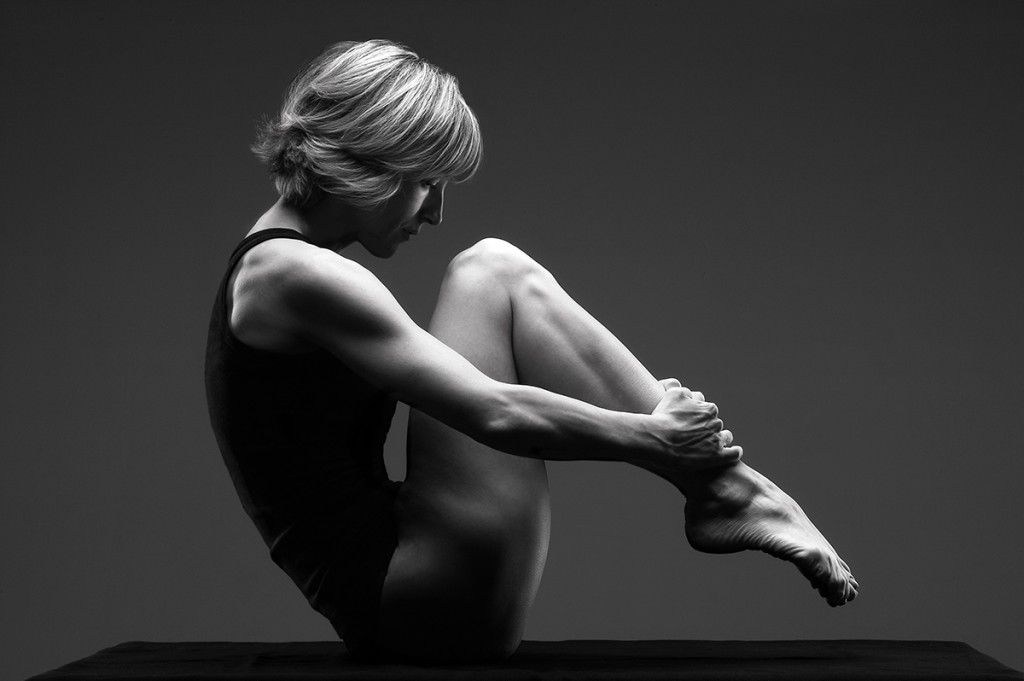|
Correctly engaging and performing core exercises can be overwhelming. Many people jump to higher level strengthening exercises without correctly recruiting their deep core musculature. This often results in a pushing out effort versus an actual drawing in of the abdominals. Another very common error in recruiting the abdominals is improper breathing. First, let’s start with a brief explanation of what the “core” is… There are 2 muscular systems that make up the core, the local system and the global system. The local system is a group of deep muscles that are the closest to the spine (pelvic floor, transversus abdominis and multifidi). It is important to learn to recruit these deep spinal stabilizers as they provide lumbopelvic stability with static and dynamic movements. As Physical Therapists, we work with clients who are often weak or unable to recruit these deeper spinal stabilizers. If done properly, there is a deep feeling of pulling up and drawing in versus an adverse contraction of “bearing down”. Once you learn how to find these muscles, you can learn how breathing actually works in conjunction with engaging these muscles. With time and practice, this will become second nature and will be performed with other higher level, advanced exercises. The more superficial, global muscles rectus (rectus abdominis and internal & external obliques) can very often be improperly trained as well. As Pilates instructors, we often see men and women incorrectly working their core and the result is a widening of the waist and a bulging out or pooching of their stomach area. This often occurs when performing crunches, sit-ups and other common abdominal exercises. In more extreme cases, the abdominals can separate and cause a diastasis recti. This is a separation of the connective tissue of the rectus abdominis. Diastasis recti is common in women as a result of pregnancy. However, it can also be the result of improper workout & lifting techniques. As Physical Therapists, we also see diastasis recti being exacerbated by performing every day activities e.g. lifting or jackknifing out of bed. The good news is that with time you can properly train the muscles to knit back together. Then with continued awareness of breathing, properly contracting your pelvic floor and abdominal muscles, you can return to higher level exercises and activities with stability and control. |

